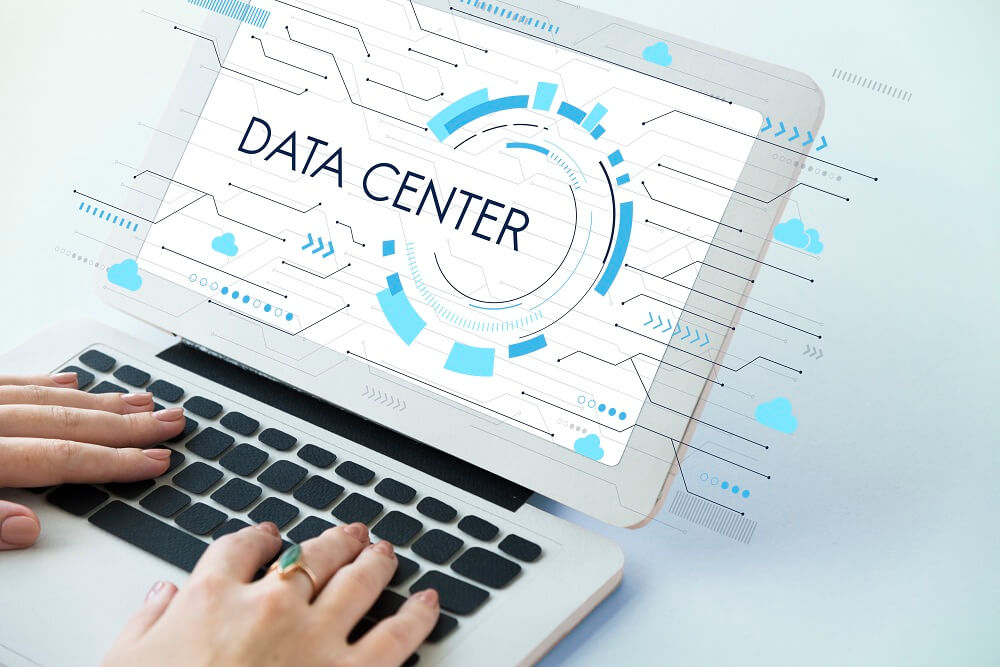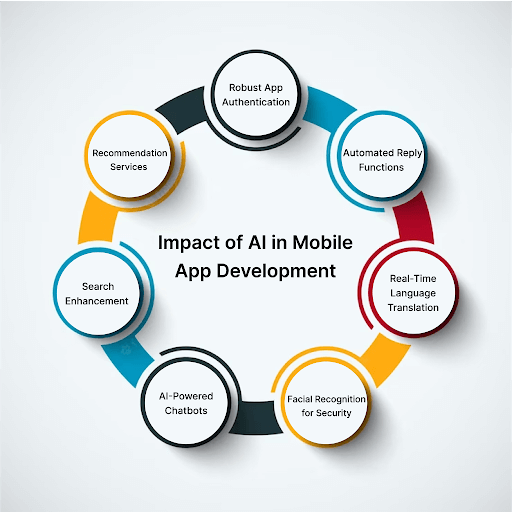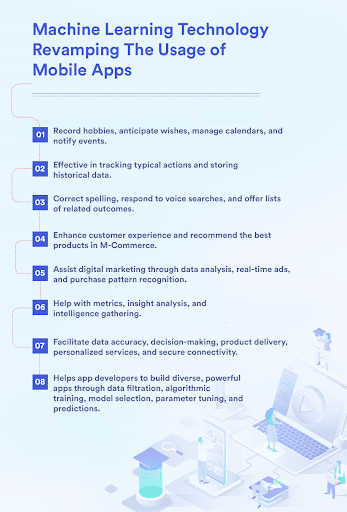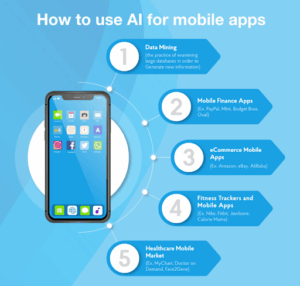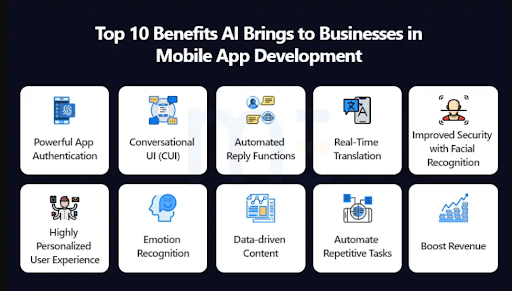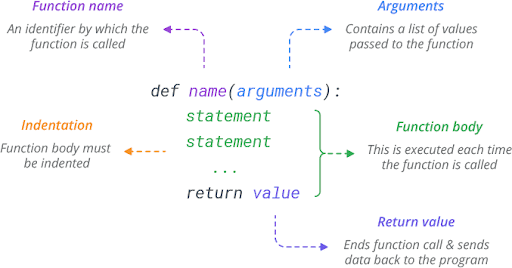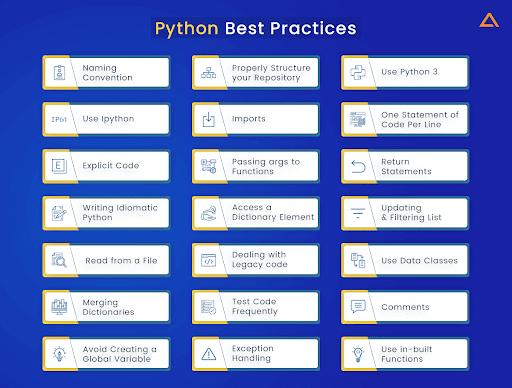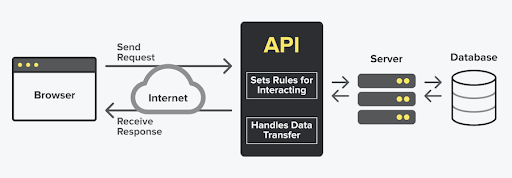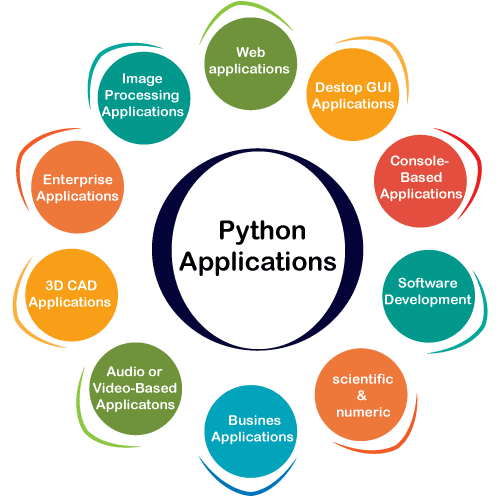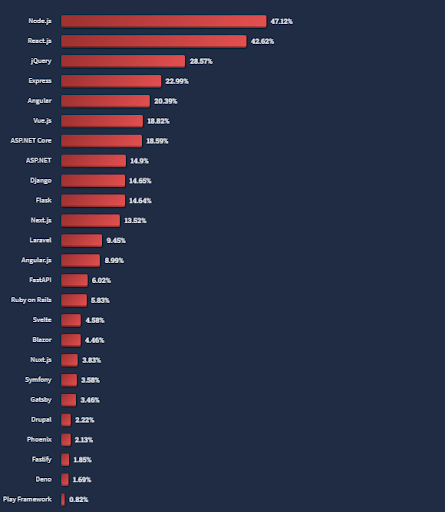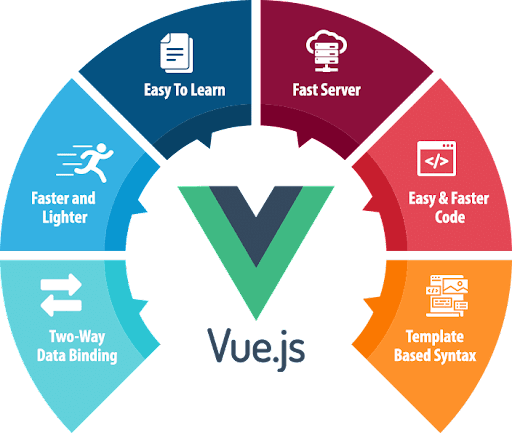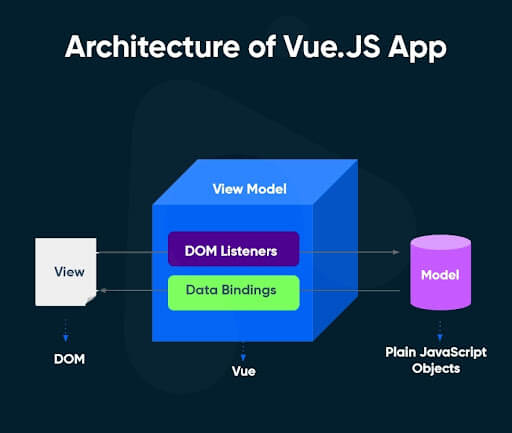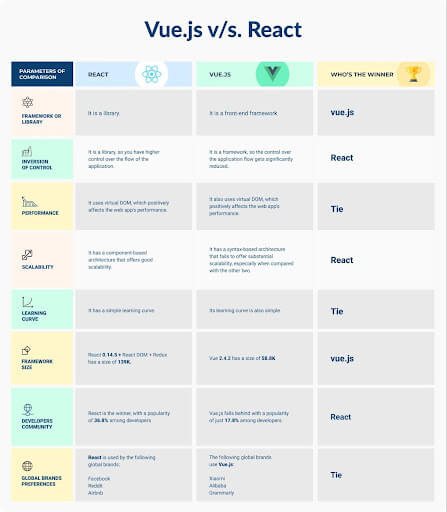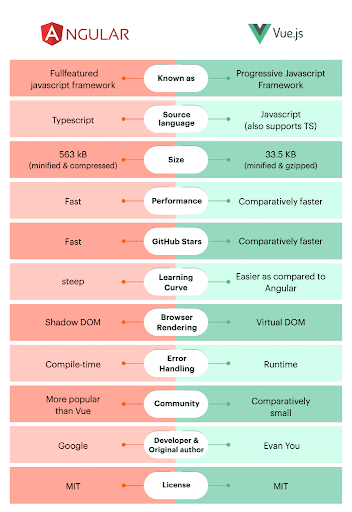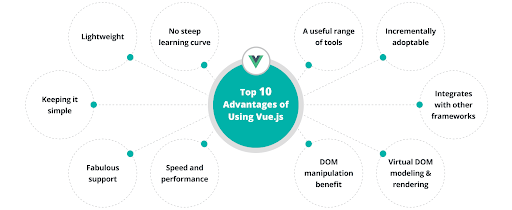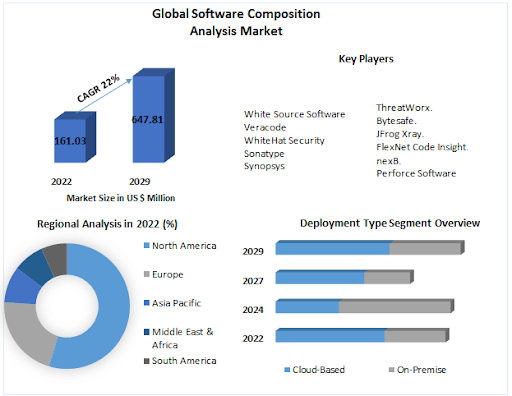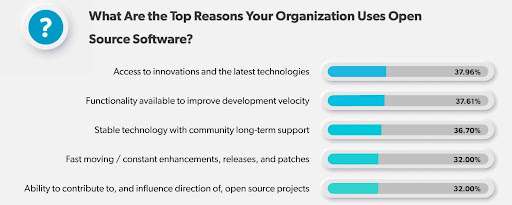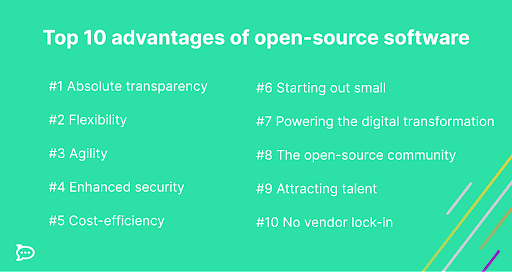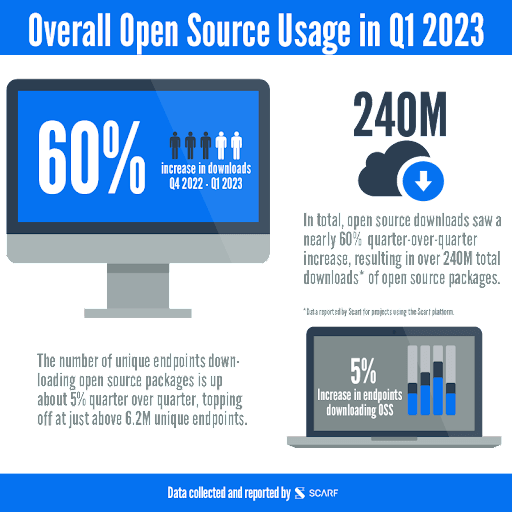Today, millions of terabytes of data is produced everyday. Businesses need this customer data to create winning business strategies. But transforming these data into useful metrics and insightful data requires data integration tools such as Pentaho BI.
But what is Pentaho application development, and how does it work? In this blog post, we’ll take a deep dive into Pentaho, exploring its core features and functionality.
What is Pentaho?
Pentaho is a data integration and business intelligence platform that empowers organizations to turn their raw data into meaningful insights.
It offers a comprehensive suite of tools designed to facilitate data integration, reporting, dashboarding, and data mining. Pentaho is trusted by numerous businesses, from startups to large enterprises, for its flexibility and scalability.
Key Components of Pentaho
To understand how Pentaho works, let’s take a closer look at its core components:
-
Pentaho Data Integration (PDI):
PDI, also known as Pentaho Kettle, is the ETL (Extract, Transform, Load) powerhouse of Pentaho. It allows users to extract data from various sources, transform it as needed, and load it into a target system.
Never miss an update from us. Join 10,000+ marketers and leaders.
With a drag-and-drop interface, users can design complex data pipelines without writing code.
-
Pentaho Reporting:
Pentaho Reporting is all about creating visually appealing, interactive reports. Users can design reports in a pixel-perfect manner and embed them in web applications or distribute them via email, PDF, or other formats.
-
Pentaho Analytics:
This component enables data exploration and interactive analysis. Users can create customized, interactive dashboards with charts, graphs, and tables, allowing for real-time data visualization.
-
Pentaho Data Mining:
Pentaho’s data mining capabilities help uncover patterns and trends in your data. It’s particularly valuable for predictive analytics, making it easier to anticipate future events or identify opportunities.
-
Pentaho Metadata:
Metadata in Pentaho simplifies data modeling and allows users to define data structures, hierarchies, and relationships. It provides a consistent view of data across the organization.
How Pentaho Works?
Pentaho’s functionality hinges on its ability to connect to various data sources, process and transform data, and provide reporting and analytics. Here’s how Pentaho works in a nutshell:
- Data Integration:
Data is extracted from multiple sources, including databases, spreadsheets, and web services, using Pentaho Data Integration (PDI). The extracted data is then transformed and cleaned as necessary. - Data Warehouse:
The transformed data can be loaded into a data warehouse or a data mart for storage and easy access. This ensures data consistency and provides a central repository for analysis. - Reporting and Analytics:
Pentaho Reporting and Pentaho Analytics come into play here. Users can create reports, dashboards, and ad-hoc queries to explore data, identify trends, and make data-driven decisions. - Data Mining:
For advanced analysis and predictive modeling, Pentaho Data Mining allows users to build data mining models and gain deeper insights into their data. - Metadata Management:
Throughout the process, Pentaho Metadata helps maintain data consistency and provide a unified view of data.
What is The Pentaho Application Development Process?
-
Understanding Requirements:
The first step is to gather and understand the specific requirements of the business or end-users. What kind of reports, dashboards, or data integration processes are needed? What are the key objectives and functionalities of the application?
-
Planning and Design:
Once the requirements are clear, developers need to plan the architecture and design of the Pentaho application.
This includes deciding which Pentaho tools and components will be used, how data will be sourced, and how it will be presented. Consider aspects like data sources, data models, and user interfaces.
-
Data Integration (ETL) Design:
For data integration solutions, a detailed ETL (Extract, Transform, Load) process must be designed. This involves defining data sources, transformations, validation, error handling, and data loading processes using Pentaho Data Integration (PDI).
-
Development:
Actual development begins at this stage. Developers create the Pentaho application using the chosen components. For BI applications, this may involve designing reports, interactive dashboards, and data visualizations.
For data integration solutions, it involves creating Pentaho ETL workflows, data models, and other data processing components.
-
Customization:
Depending on the requirements, developers may need to customize Pentaho components, create custom connectors, or design unique data visualization elements to match the specific needs of the application.
-
Testing:
Rigorous testing is critical to ensure that the Pentaho application functions correctly and meets the defined requirements. This includes testing data accuracy, performance, and user interface usability.
It’s important to identify and fix any issues or bugs during this phase.
-
Integration:
If the Pentaho application needs to integrate with other systems, such as databases, cloud services, or third-party applications, this integration work is performed in this step.
-
Documentation:
Create user documentation, including user guides and training materials, to help end-users understand how to use the Pentaho application effectively.
Deployment:
Deploy the Pentaho application to a production environment. This may involve configuring servers, databases, and security settings to ensure a smooth deployment.
-
Monitoring and Maintenance:
Once the application is live, it’s important to set up monitoring tools and processes to keep track of its performance and data accuracy. Maintenance and updates may be required to address issues and adapt to changing business needs.
-
User Training:
Provide training to end-users to ensure they know how to use the Pentaho application to its fullest potential.
-
Feedback and Iteration:
Gather feedback from users and stakeholders to identify areas for improvement. Iterative development may be necessary to enhance the application and add new features.
-
Security and Access Control:
Implement and regularly review security measures to protect sensitive data and ensure proper access controls.
Benefits of Pentaho Business Intelligence Development
-
Open Source and Cost-Effective:
Pentaho is an open-source BI platform, making it a cost-effective choice for businesses. There are no licensing fees, which can result in significant cost savings compared to proprietary BI tools.
-
Flexibility and Customization:
Pentaho’s open architecture allows for extensive customization. Developers can tailor the platform to meet specific business needs, creating custom reports, dashboards, and data integration solutions.
-
Scalability:
Pentaho can handle both small and large datasets and can be scaled to accommodate growing data requirements. This scalability ensures that organizations can use Pentaho as their data needs evolve.
-
User-Friendly:
Pentaho offers intuitive, user-friendly interfaces, making it accessible to both technical and non-technical users. Business users can create reports and perform data analysis with minimal training.
-
Versatile Data Integration:
Pentaho Data Integration (PDI) provides robust ETL (Extract, Transform, Load) capabilities. It allows for the integration of data from various sources, cleansing, and transformation to ensure data accuracy.
-
Interactive Dashboards:
Pentaho Analytics enables the creation of interactive and visually appealing dashboards. Users can explore data in real-time, providing actionable insights and improving decision-making.
-
Ad-Hoc Querying:
Pentaho supports ad-hoc querying, allowing users to explore data and generate on-the-fly reports without relying on predefined reports. This empowers users to find answers to specific questions quickly.
-
Data Mining and Predictive Analytics:
Pentaho Data Mining enables organizations to implement predictive analytics models. This is valuable for tasks like fraud detection, recommendation systems, and identifying patterns and trends in data.
-
Metadata Management:
Pentaho provides robust metadata management, ensuring data consistency and providing a unified view of data. This is crucial for data governance and understanding data lineage.
-
Active Community and Support:
Pentaho has a thriving user community, and there are professional support options available. This means organizations have access to a wealth of resources and assistance when needed.
-
Integration Capabilities:
Pentaho can be integrated with various data sources, databases, cloud services, and big data platforms. This ensures seamless data flow between different parts of an organization’s technology stack.
-
Improved Decision-Making:
With Pentaho, organizations can make data-driven decisions based on real-time data analysis and reporting, leading to more informed choices that drive business success.
-
Competitive Advantage:
By harnessing the power of data, organizations using Pentaho can gain a competitive edge by identifying trends, opportunities, and areas for improvement in their operations and strategies.
-
Data Governance and Compliance:
Pentaho helps organizations ensure data governance and compliance with regulations such as GDPR or HIPAA by providing tools for data protection, security, and auditing.
-
Cost Savings and ROI:
The cost savings from using an open-source BI tool like Pentaho, coupled with the potential for improved decision-making, often leads to a high return on investment (ROI) for organizations.
List of Various Pentaho Development Services
-
Pentaho Implementation and Deployment:
Service providers assist in setting up and deploying the Pentaho platform within an organization’s IT infrastructure. This involves configuring servers, databases, and security settings to ensure a smooth deployment.
-
Custom Report and Dashboard Development:
Developers create custom reports and interactive dashboards tailored to a business’s specific needs. These reports can include charts, tables, and other data visualizations.
-
Data Integration and ETL Development:
Pentaho experts design and build Extract, Transform, Load (ETL) processes using Pentaho Data Integration (PDI) to efficiently extract, transform, and load data from multiple sources into a data warehouse or other target systems.
-
Pentaho Plugin and Extension Development:
Developers create custom plugins and extensions to enhance Pentaho’s functionality, allowing businesses to address unique requirements.
-
Data Mining and Predictive Analytics:
Service providers develop and implement data mining models and predictive analytics solutions using Pentaho Data Mining to help organizations make informed decisions and predictions.
-
Metadata Management:
Consultants assist in setting up and managing metadata within Pentaho to ensure data consistency and provide a unified view of data.
-
Performance Optimization:
Pentaho development services may include performance tuning to ensure the platform operates efficiently, particularly when handling large datasets or complex ETL processes.
-
Training and User Support:
Training sessions are provided to educate users and administrators on how to effectively use Pentaho tools for reporting, data integration, and analytics. User support services help address queries and issues as they arise.
-
Customization and Integration:
Pentaho development services often involve customizing the platform to meet specific business needs. This includes creating connectors, transformations, and visualizations.
Are you looking for a Pentaho ETL Services
Additionally, service providers help integrate Pentaho with other systems and technologies.
-
Security and Access Control:
Consultants may set up and enhance security measures to protect sensitive data within Pentaho applications and ensure proper access controls.
-
Migration Services:
If a business is transitioning to Pentaho from another BI platform or upgrading to a newer Pentaho version, migration services help ensure a smooth transition with minimal disruptions.
-
Data Governance and Compliance:
Service providers help organizations implement data governance and compliance measures within Pentaho, ensuring that data handling adheres to regulatory requirements.
-
Continuous Support and Maintenance:
Ongoing support and maintenance services are offered to address issues, updates, and improvements to the Pentaho implementation.
-
Consulting and Strategy Development:
Pentaho consultants provide strategic guidance on how to best utilize Pentaho to meet business goals, optimize data processes, and drive better decision-making.
-
Data Strategy and Planning:
Pentaho development services may include assistance in crafting data strategies and roadmaps to align Pentaho implementations with business objectives.
Conclusion
Pentaho is a robust, open-source Business Intelligence and data integration platform that empowers organizations to harness the power of their data.
Its various components, such as Pentaho Data Integration, Reporting, Analytics, Data Mining, and Metadata, work together seamlessly to facilitate data-driven decision-making.
Whether you’re a startup or an enterprise, Pentaho’s flexibility, scalability, and community support make it a compelling choice for your Business Intelligence needs.
Frequently Asked Questions:
-
What is Pentaho, and how does it differ from other BI tools?
Pentaho is an open-source business intelligence (BI) and data integration platform. What sets Pentaho apart is its open-source nature, which makes it cost-effective, highly customizable, and adaptable to various business needs.
Pentaho’s flexibility, extensive community support, and scalability are key differentiators.
-
What are the key components of Pentaho that I should be aware of for application development?
The primary components are Pentaho Data Integration (PDI), Pentaho Reporting, Pentaho Analytics, Pentaho Data Mining, and Metadata Management.
These components are commonly used in Pentaho application development to create data integration, reporting, and analytics solutions.
-
Can Pentaho be integrated with other systems and databases?
Yes, Pentaho can be seamlessly integrated with a wide range of data sources, databases, cloud services, and big data platforms. This integration capability ensures data flows efficiently between various parts of an organization’s technology stack.
-
What are the benefits of using Pentaho for custom application development?
Some of the key benefits include cost-effectiveness, scalability, customization, user-friendliness, data integration capabilities, interactive dashboards, and data mining support.
These benefits empower organizations to make data-driven decisions and gain a competitive edge.
-
What types of applications can be developed using Pentaho?
Pentaho can be used to create a variety of applications, including business intelligence dashboards, interactive reports, data integration solutions, data mining and predictive analytics tools, and more.
-
What is the typical process of Pentaho application development?
The typical process includes understanding requirements, planning and design, development, testing, integration, deployment, user training, and ongoing maintenance. It may also involve customization, optimization, and metadata management.
-
Is Pentaho suitable for small businesses, or is it primarily for large enterprises?
Pentaho is suitable for businesses of all sizes. Its scalability and adaptable nature make it an excellent choice for small businesses and large enterprises alike.
-
Can Pentaho applications be customized to meet specific business needs?
Yes, Pentaho applications can be customized extensively to meet unique business requirements. Developers can create custom reports, dashboards, and data transformations.
-
What is the role of metadata in Pentaho application development?
Metadata in Pentaho helps maintain data consistency and offers a unified view of data. It plays a crucial role in data governance, lineage, and understanding data structures.
-
Is training available for Pentaho application users and developers?
Yes, training resources and educational materials are available to help users and developers learn how to effectively use Pentaho for reporting, data integration, and analytics.
-
How can Pentaho applications help improve decision-making within an organization?
Pentaho applications provide real-time insights, analytics, and data visualization, enabling data-driven decisions based on accurate and up-to-date information.
